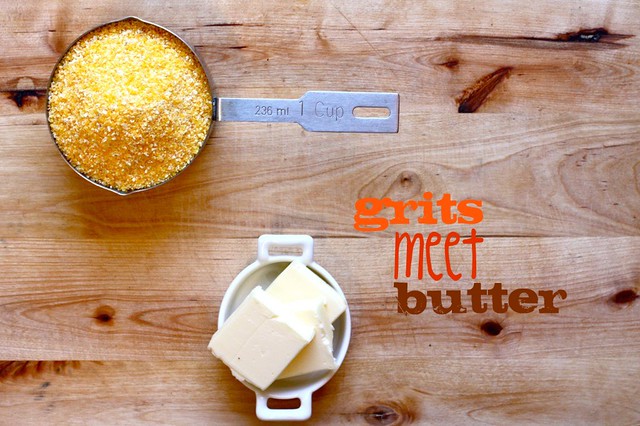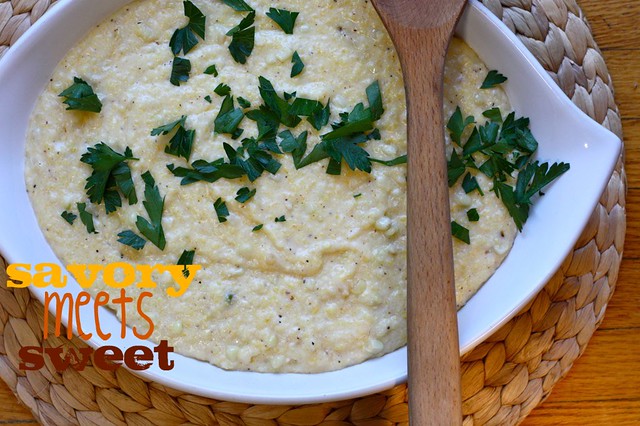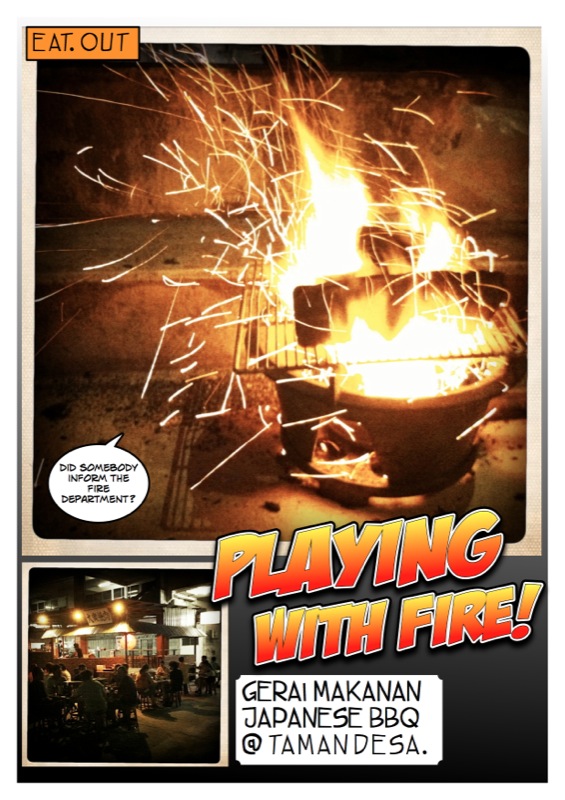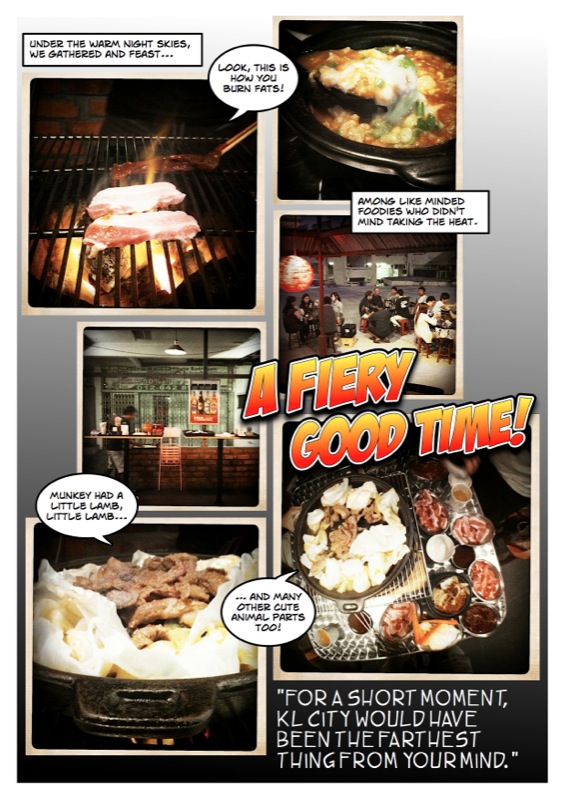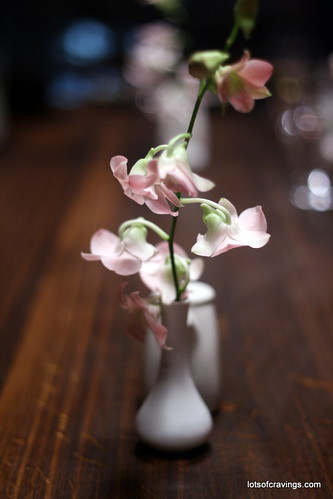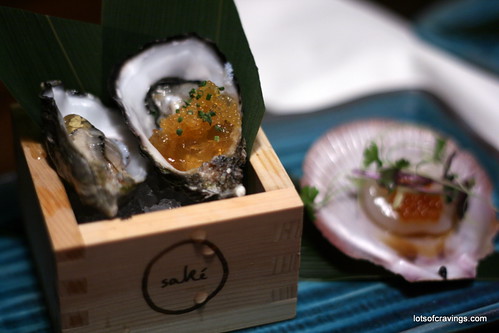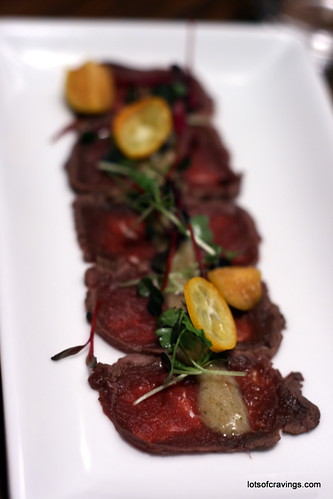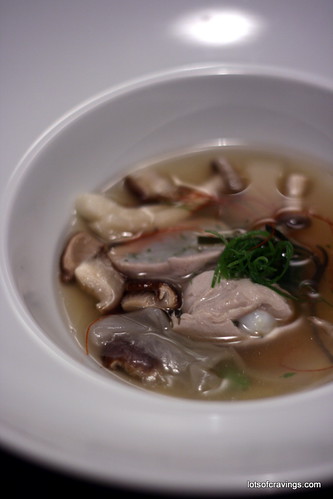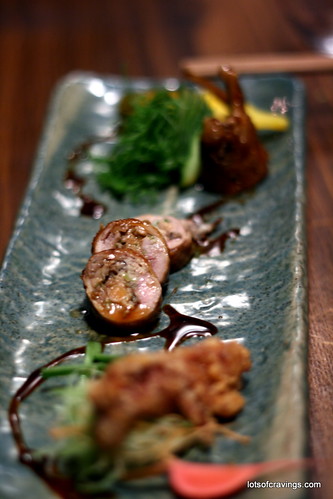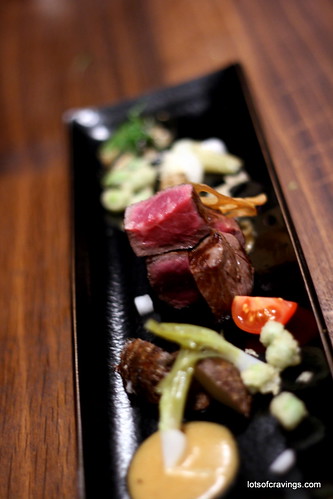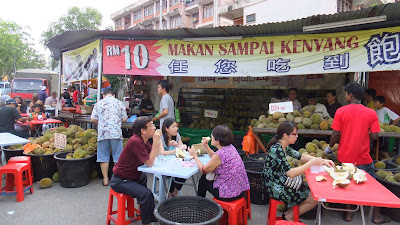Five Things Ive Learned About Myself Last Week
by Joy Wilson
My Los Angeles style of driving will piss many people off outside of Los Angeles.
When traveling, I will take an unreasonable, and possibly troubling amount of travel-sized toiletries with me no matter the duration of the trip.
I so so soooo want to be the girl thats awesome at Frisbee football. but Im totally just not.
Im stubborn. I practice. Ill totally be good at Frisbee football one day.
In a canoe in the ocean? Ill jump out. You wont even have to dare me. Life is short and the water is warm.
On a scale of 1 to 10, Ill score a 2.2 in gracefulness returning my body back to the canoe. Whatever. Remember that part about life being short. Yea. Exactly.
Some people might feel like a bikini top is a suitable shirt. but Im pretty sure it just feels like wearing a bra in public. Thats just me.
When on vacation is a warm place with tropical fruits and fresh fish Ill most likely be thinking about cheese grits and my monster kitten. I dunno.
Im glad to be back in the kitchen.
I missed you. Seriously. I dont care if you look at me strangely.
Im back in the kitchen with butter and corn and Im no stranger to grits. Remember that Shrimp and Grits dish I made? Insane!
These grits are just a bit different. Theyre mixed with sweet, fresh corn and a big ol chunk of soft goat cheese. Goat cheese melts down in the hot grits, creating an irresistibly creamy dish. Fresh corn adds little bits and bites of sweetness.
This is a dreamy summer dish. Pair grits with a fried egg for breakfast, OR with ribs or barbecue chicken is youre feeling dinnery. Seriously delicious!
Fresh Corn and Goat Cheese Grits
makes 6 small portions, or 3 main portions
adapted from Bobby Flay
3 tablespoons unsalted butter
4 cups water
1/2 cup milk (I used whole milk)
1 1/2 teaspoons salt
1 cup stone-ground grits
1/3 cup chopped scallions
1 garlic clove, minced
1 1/2 cups fresh corn kernels (from 2 or 3 ears of corn)
black pepper
4 ounces goat cheese
fresh chopped parsley
Place a medium sauce o! ver medi um heat. Add butter and cook down until butter is browned. Add milk and water and bring mixture to a boil. Add the grits while stirring and reduce heat to a simmer. Add salt. Cook grits, uncovered, stirring occasionally, until medium thick. This may take about 20 minutes.
Heat olive oil in a separate medium skillet. Add scallions and cook for 2 minutes over medium heat. Add garlic and corn, top w 1/2 teaspoon salt and a hearty pinch of black pepper. Cook for 3 to 5 minutes until corn is slightly browned, warmed, and softened slightly.
Add cooked corn mixture and goat cheese to the hot, cooked grits. Stir until goat cheese is melted and incorporated into the grits.
Top with chopped parsley and serve immediately with a fried egg or delicious barbecued food.
Mixture can be stored in an airtight container in the fridge and reheated on the stove top with a splash of water and milk.
Print this Recipe!